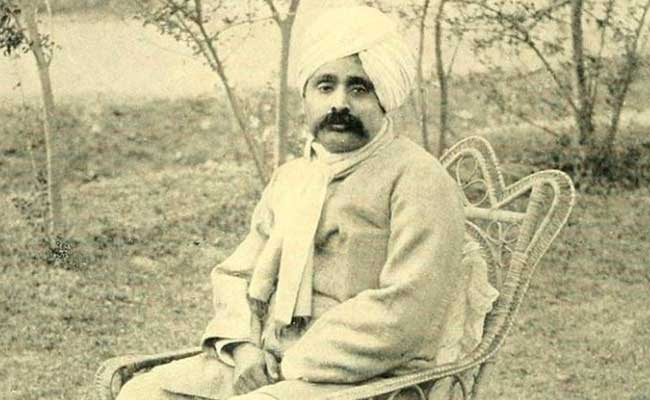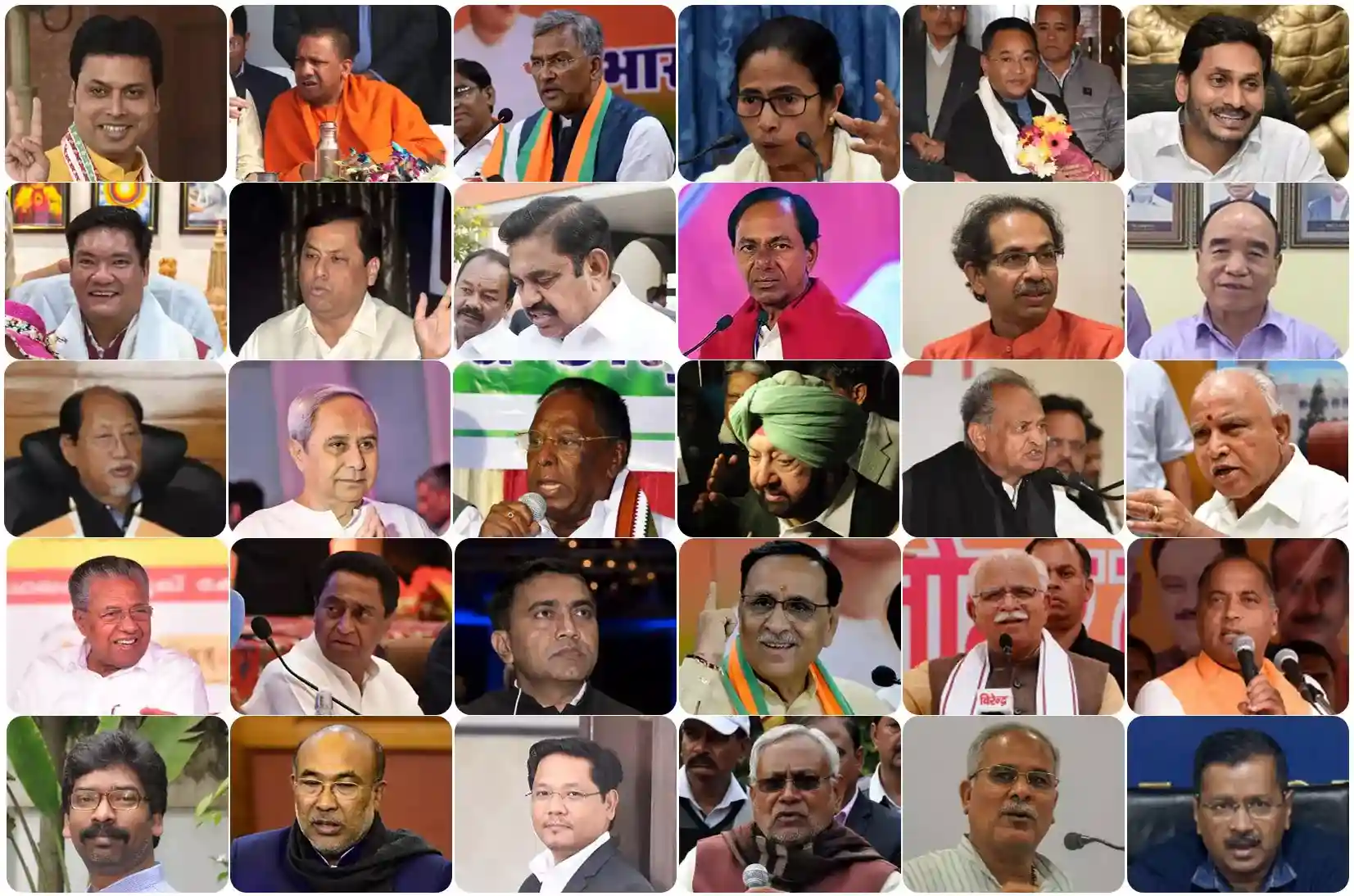Lala Lajpat Rai: The Lion of Punjab
Lala Lajpat Rai, also known as Punjab Kesari (Lion of Punjab), was one of the prominent leaders of the Indian independence movement. He was born on 28th January 1865 in Dhudike, Punjab, British India. He was a lawyer, a writer, and a journalist, but above all, he was a patriot who dedicated his life to the cause of Indian independence.
Early Life and Education
Lajpat Rai was born into a Punjabi Hindu family. His father, Munshi Radha Krishna Azad, was a government schoolteacher. Lajpat Rai completed his early education in a local school in Dhudike, Punjab. He later went to Lahore to pursue his higher education. In Lahore, he studied law and graduated from the Government College of Lahore.
Political and Social Life
Lajpat Rai was one of the founding members of the Indian National Congress. He joined the Congress in 1888 and was actively involved in the freedom struggle from then on. He was also a member of the Indian National Association, which was founded by Dadabhai Naoroji in 1876.
Lajpat Rai was a fierce critic of the British colonial rule in India. He strongly believed that India should be governed by Indians and not by the British. He was one of the leaders who led the Non-Cooperation Movement in 1920. The Non-Cooperation Movement was a peaceful protest against the British government’s repressive policies.
Lajpat Rai was also a social reformer. He worked to eradicate social evils like caste discrimination and child marriage. He believed in the upliftment of the poor and oppressed sections of society. He also founded the Servants of the People Society, which aimed to work for the betterment of the common people.
Contribution to Indian Journalism
Lajpat Rai was an accomplished journalist and writer. He wrote for several newspapers and magazines, including the Tribune, the Hindu, and the Young India. He was also the founder of the Punjabee, a newspaper that aimed to promote the interests of Punjabi people.
Lajpat Rai used his writing to highlight the injustices and atrocities committed by the British colonial government in India. He also used his writing to spread awareness about the need for Indian independence. He believed that the pen was mightier than the sword and used his writing to inspire and motivate people to join the freedom struggle.
Death and Legacy
Lala Lajpat Rai’s death is a significant event in the history of India’s struggle for independence. He died on 17th November 1928, after being brutally lathi-charged by the British police during a protest against the Simon Commission. The Simon Commission was a British government-appointed committee that was tasked with reviewing and suggesting reforms for the Indian constitution. However, the commission did not have a single Indian member, which led to widespread protests across India.
Lajpat Rai’s death led to a nationwide outcry against the British government. His sacrifice inspired many young Indians to join the freedom struggle. He is remembered as a hero who gave his life for the cause of Indian independence. Several memorials have been built in his honor, including the Lala Lajpat Rai Memorial Trust in Lahore and the Lala Lajpat Rai Bhawan in New Delhi.
Conclusion
Lala Lajpat Rai was one of the most prominent leaders of the Indian independence movement. He was a patriot, a social reformer, a writer, and a journalist. He dedicated his life to the cause of Indian independence and worked tirelessly to achieve it. His sacrifice continues to inspire young Indians to this day, and his legacy will always be remembered as a symbol of the struggle for freedom and justice.
![]()




